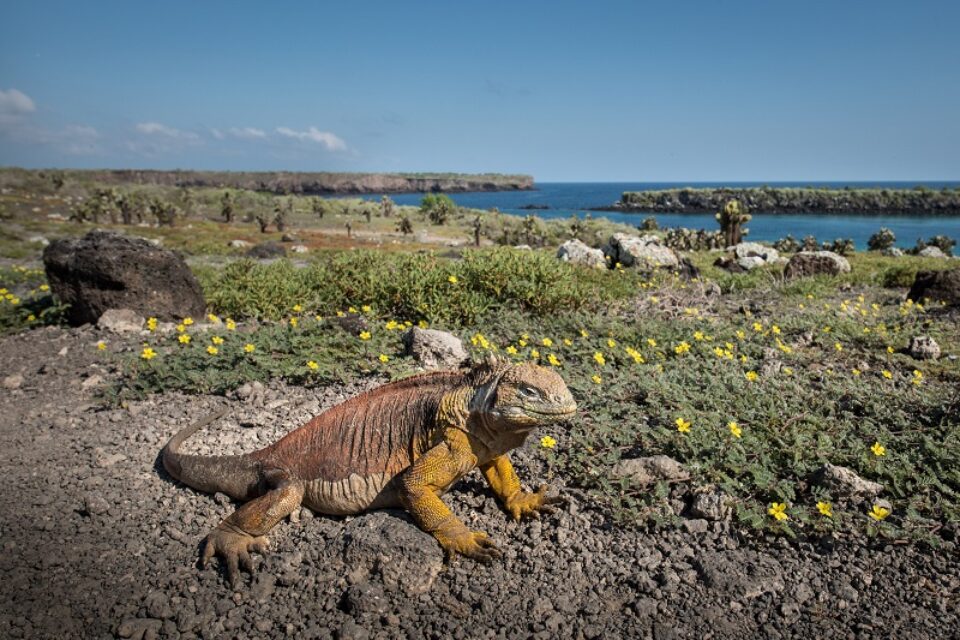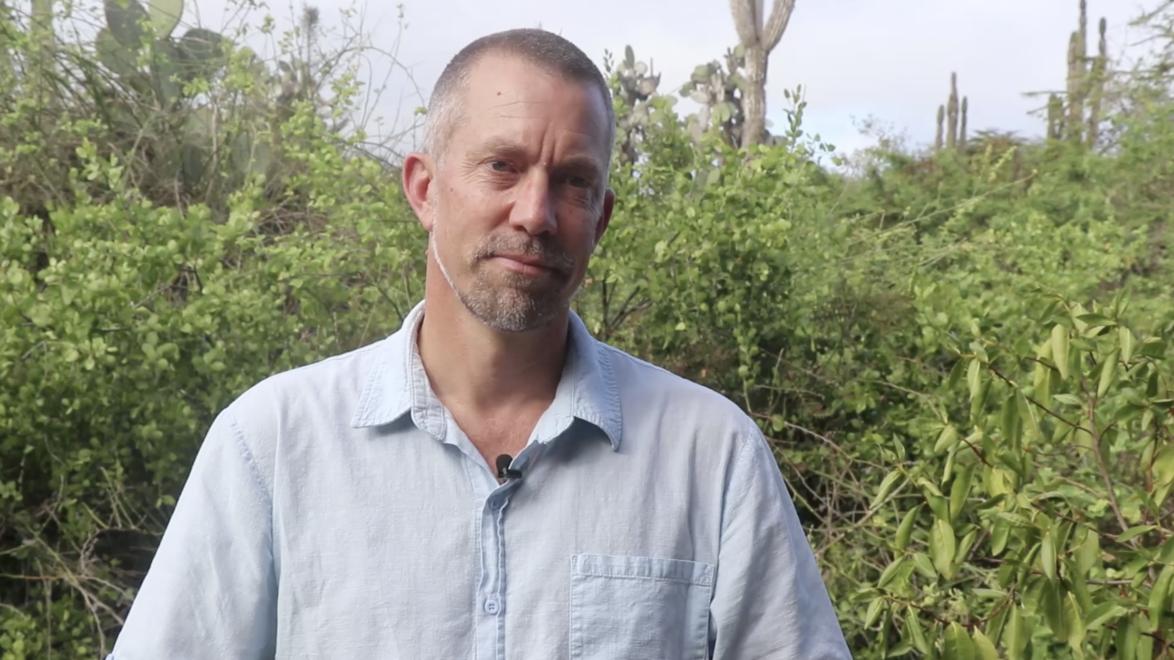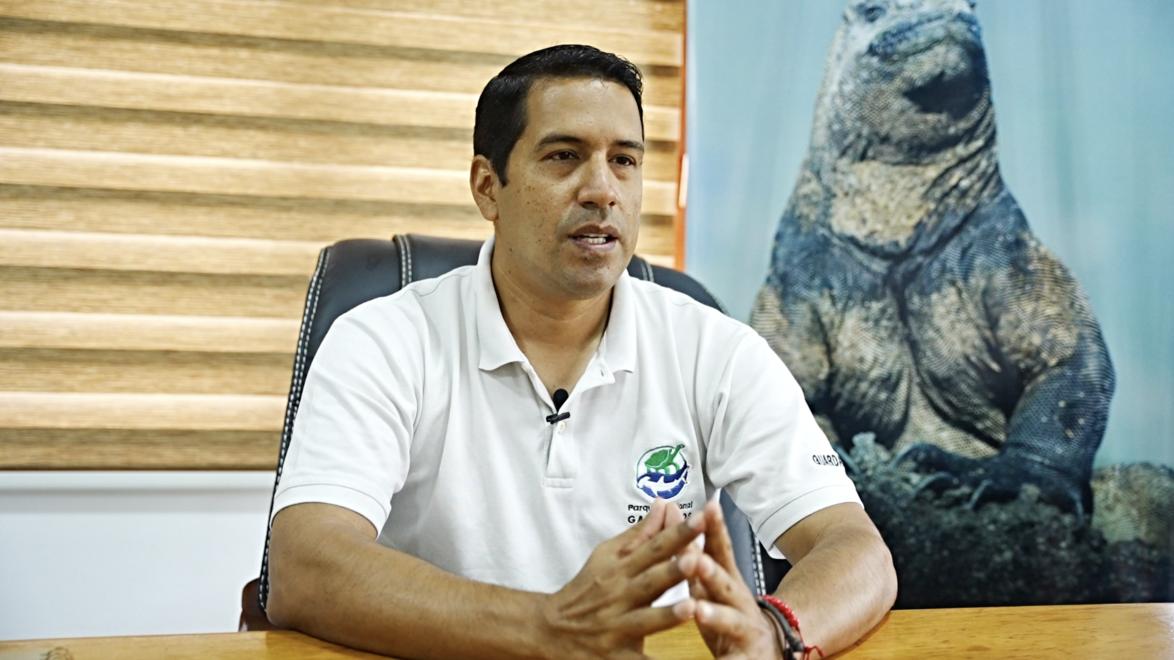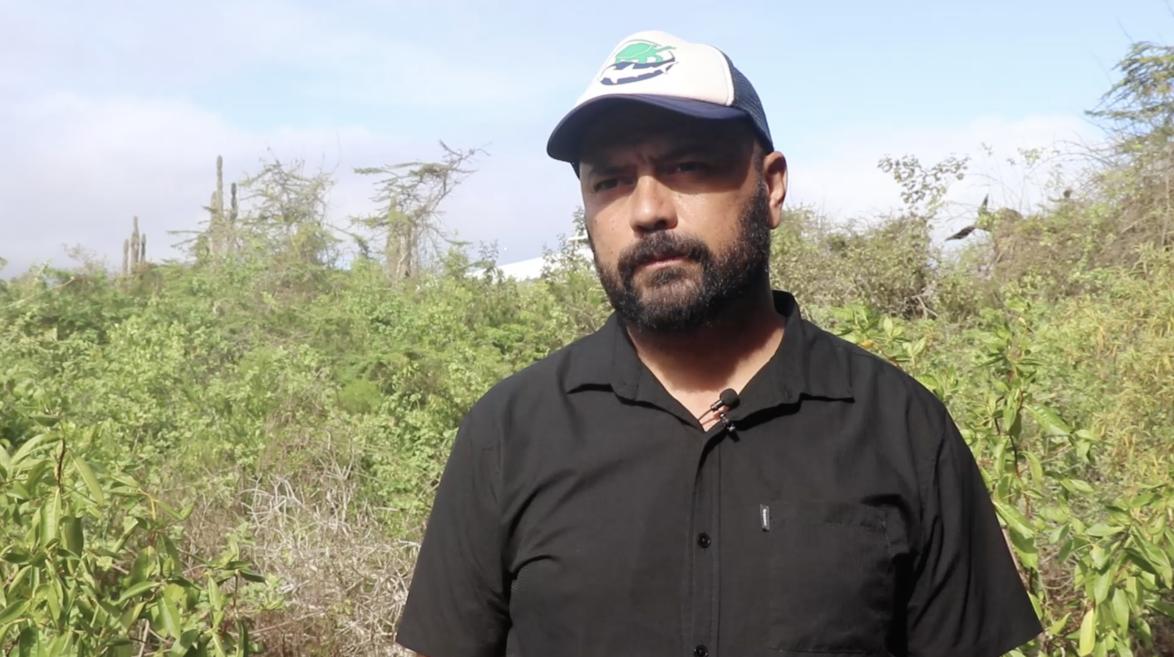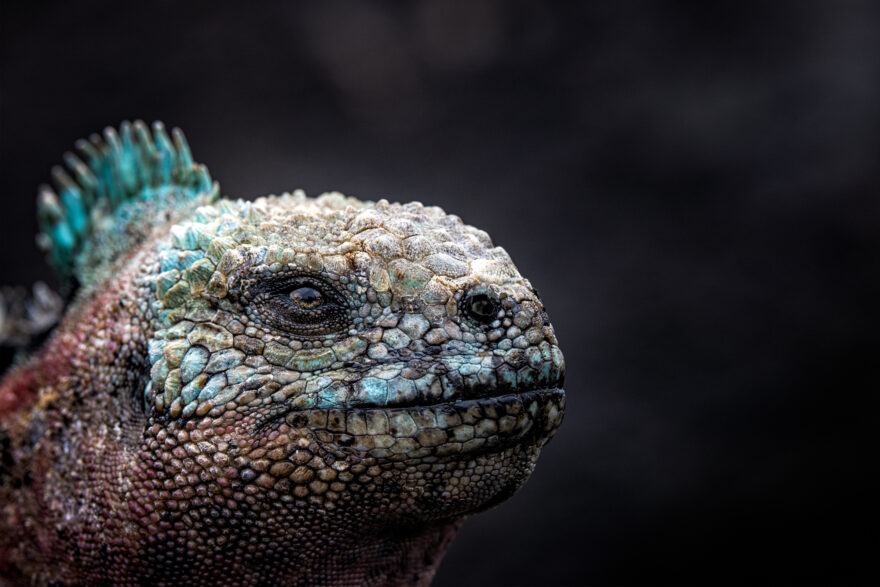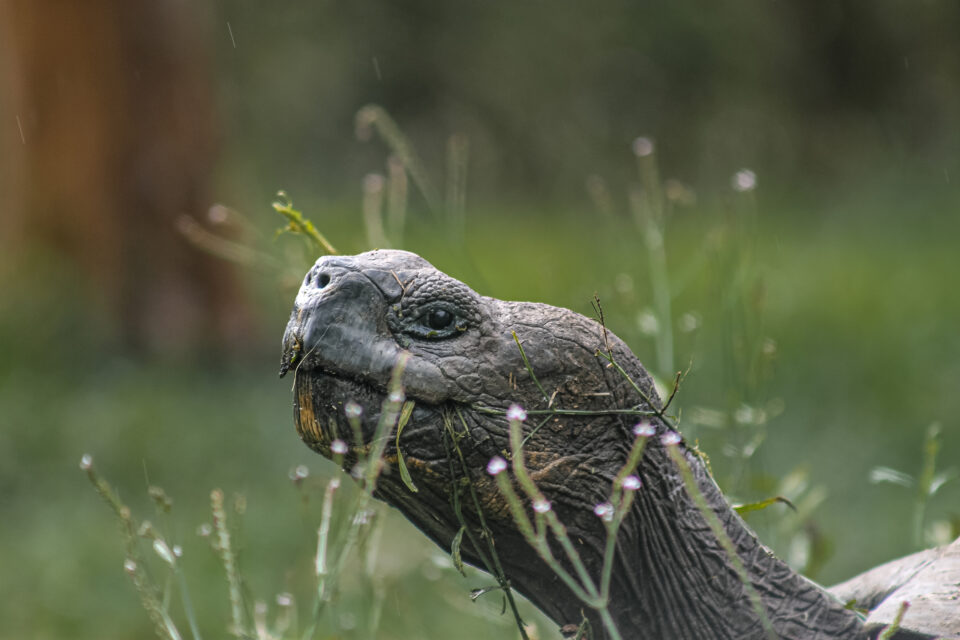

Conservation success: Reintroduced land iguanas breed on Santiago island
A true conservation success story: Galapagos land iguanas, extinct on Santiago since the early 20th century, are now breeding on the island.
Three years after the reintroduction of land iguanas to Santiago island, a new generation of newborn and juvenile iguanas are thriving. This reintroduction is part of our Land Iguana Project, designed to boost the survival of Galapagos land iguanas but also to help restore Santiago’s ecological health. The island has already begun to show positive environmental changes.
In July, experts from the Galapagos National Park and scientific advisors returned to Santiago three years after releasing over 3,000 iguanas on the island. Land iguanas, classified as Vulnerable on the IUCN Red List, have been extinct on Santiago since the early 20th century, likely due to introduced animals such as feral cats and goats. The eradication of these invasive species over a decade ago led to rapid recovery of the natural vegetation and created the conditions necessary to reintroduce species such as the land iguana. However, reintroductions can only be deemed successful once certain conditions are met, one of which is the presence of breeding and offspring survival.
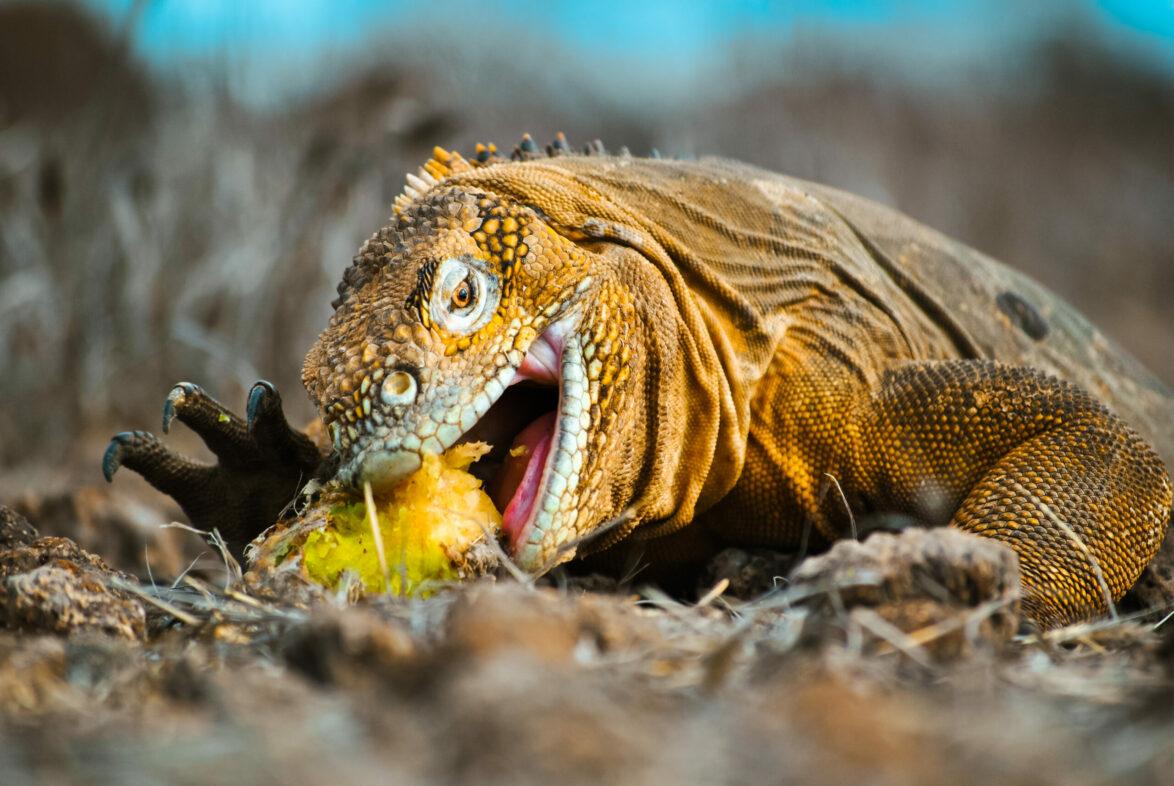
Galapagos land iguana
Conolophus subcristatus
One of three species of land iguana found in Galapagos, this large, yellow lizard inhabits the arid zone of a number of the islands.
During a field trip a year after the iguanas’ release onto Santiago, rangers found signs of burrows being excavated and one instance of pre-breeding behaviour. Now, two years later, the first monitoring trip since 2020 was undertaken, with the team covering 36 km2 over five days searching for iguanas. The team were delighted to find new juvenile iguanas of various ages, showing the species is reproducing successfully.
“The island has already begun to show positive changes thanks to the distribution of iguanas, as they have opened roads, removed soil and disbursed seeds,” said Luis Ortiz-Catedral, GCT scientist and head of the expedition. “Changes in population dynamics have created greater food availability for others. Endemic species such as hawks are likely to be seen returning in the next few years.”
The ecological assessment of the population of land iguanas in Santiago is a joint activity between the Directorate of the Galapagos National Park, Re:Wild, Galapagos Conservation Trust, Island Conservation, Galapagos Conservancy and Fundación Jocotoco.
187 years later we witness again a healthy population of land iguanas, with adults, juveniles and neonates on Santiago Island. This is a major conservation achievement and strengthens our hopes of restoring islands that have been severely affected by introduced species. As an environmental authority, we will continue with the implementation of actions that allow us to achieve the ecological integrity of the island’s ecosystem.
Explore this project
Find out more about our work to return the Galapagos land iguana to Santiago, where it had been locally extinct since the early 20th century.
Related articles

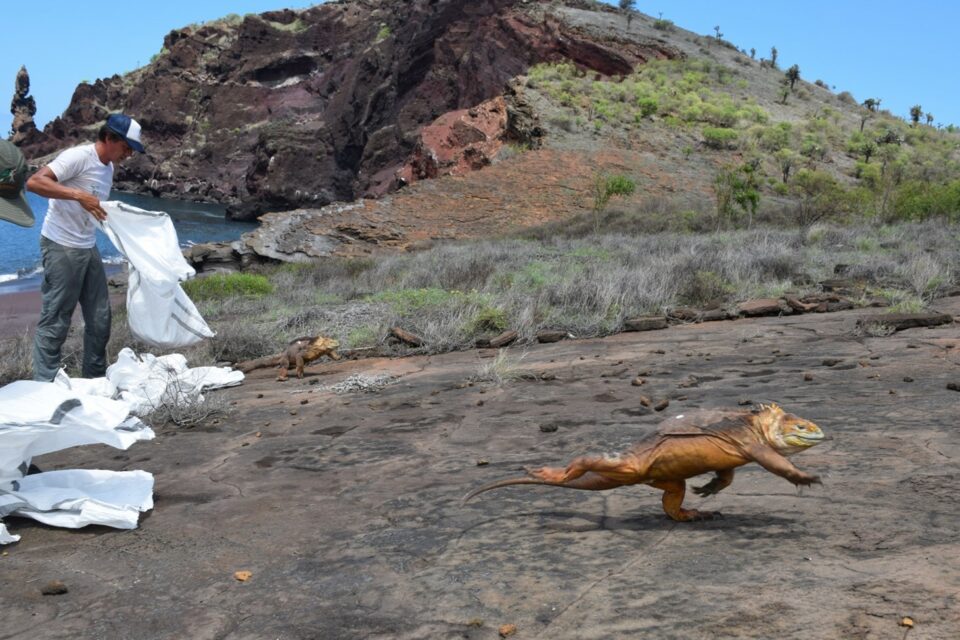
Reintroducing land iguanas to Santiago island: an update
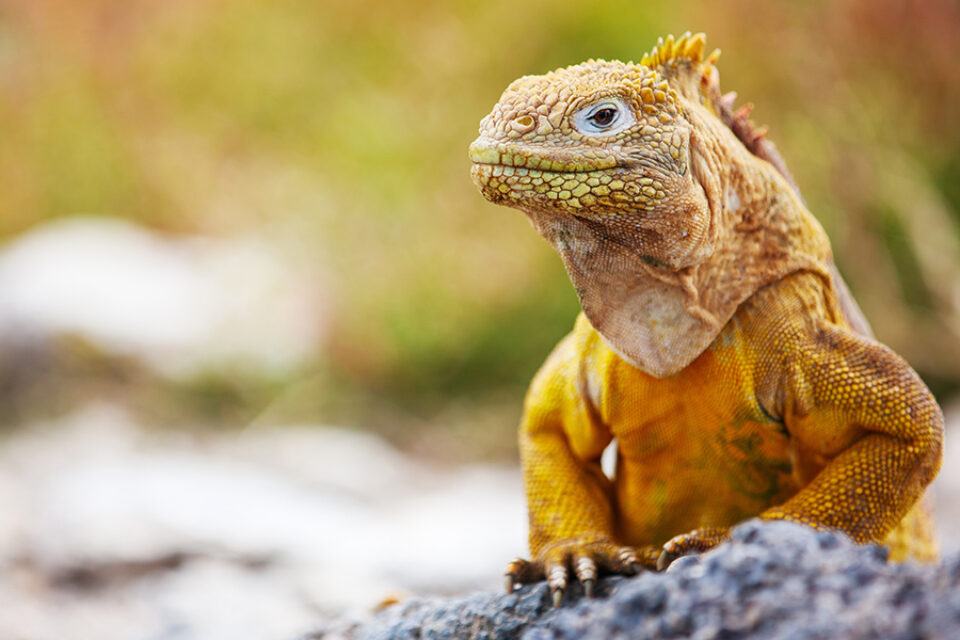
Welcome to the hybrid zone
